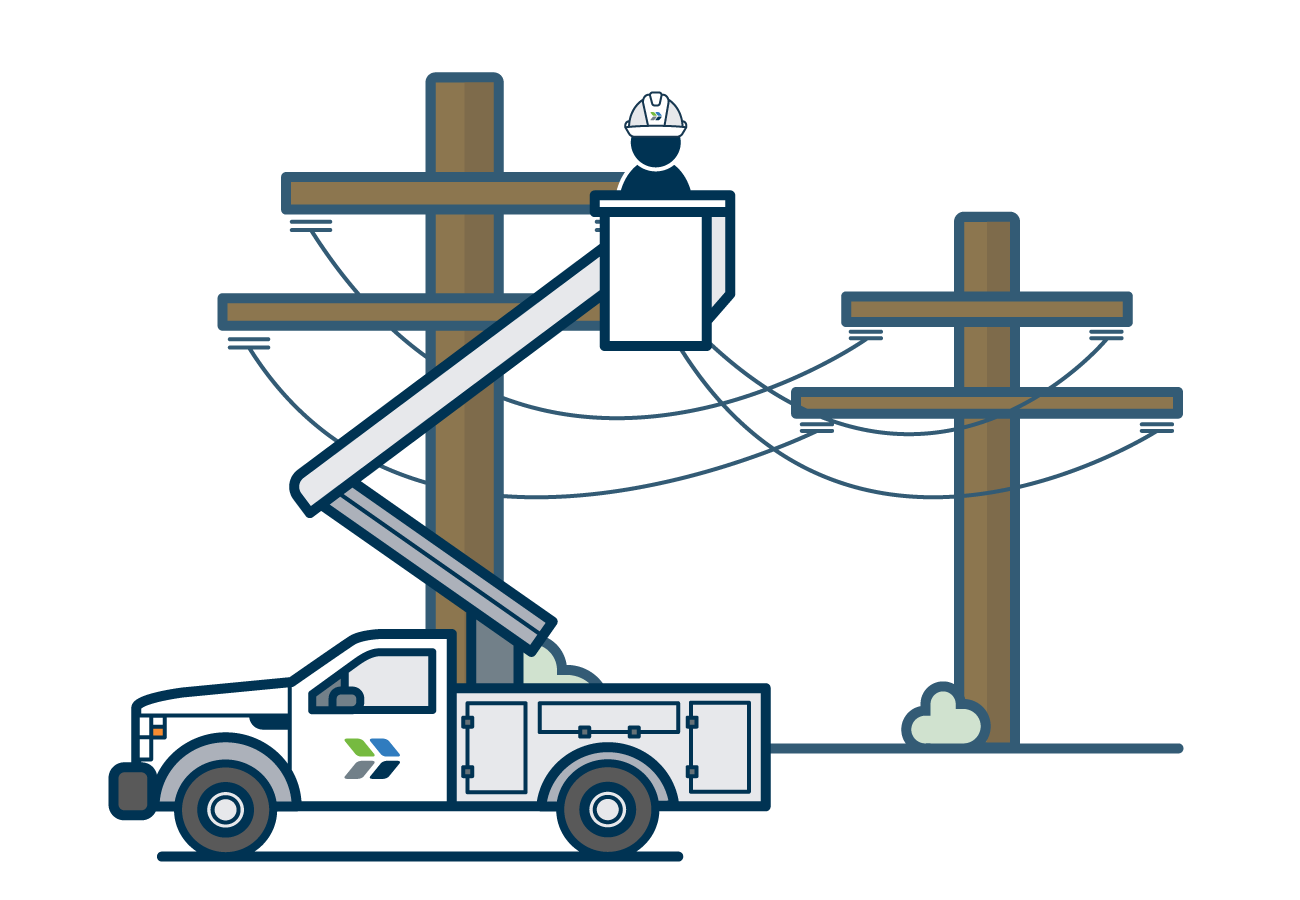
Ope, sorry! Something went wrong. Let's work to fix it...
The content you're looking for has changed or moved. Here are some other things to try:
• Return to the homepage and give it another shot
• Use the search tool in the Menu on mobile or the very top-middle on desktop
• Look through our Help Center to see if it has what you're looking for
• Reach out to the awesome folks in customer service,
especially if you need help with your account